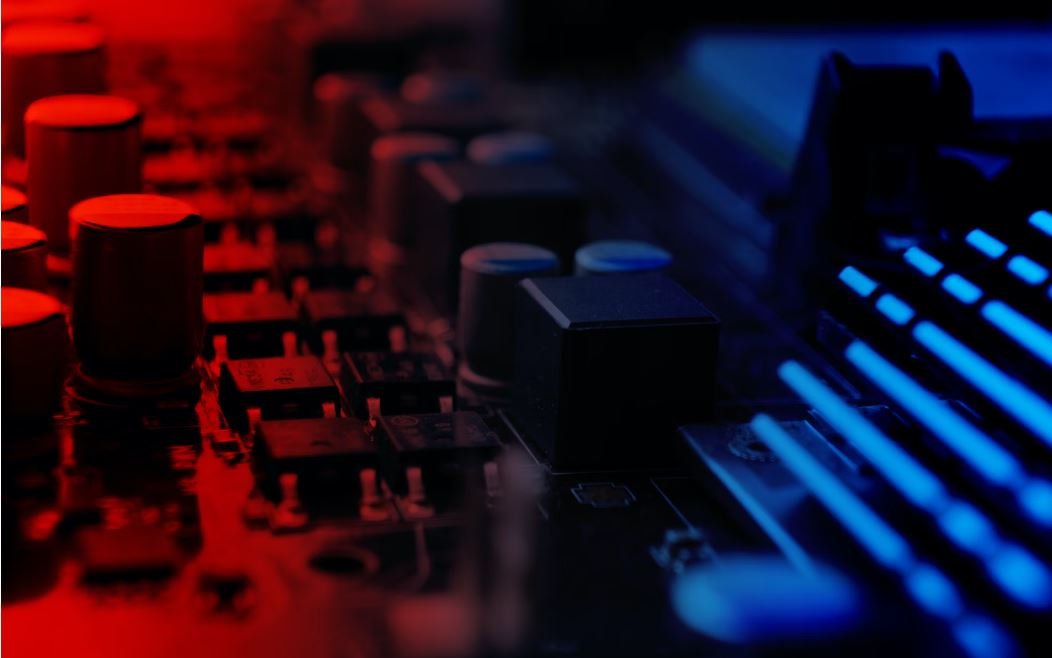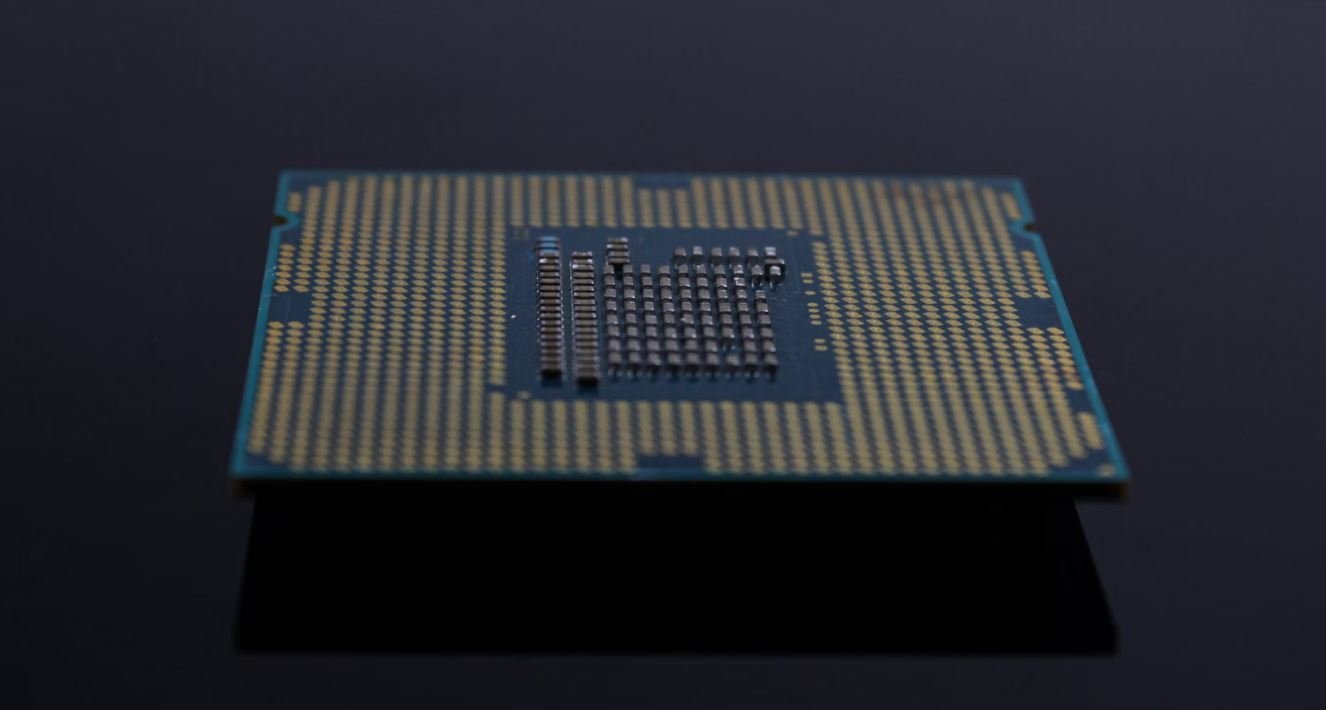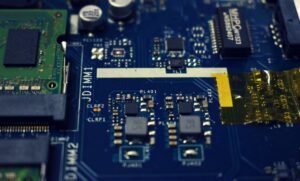Can Machine Learning Models Be Patented?
Machine learning has revolutionized various industries, from healthcare to finance, by allowing software algorithms to learn and make predictions or decisions without explicit programming. Those developing machine learning models often invest significant resources, leading to the question: Can these models be patented?
Key Takeaways:
- Machine learning models can be patented, but not in all cases.
- To be eligible for a patent, a machine learning model must meet certain criteria, including novelty and non-obviousness.
- Patents protect the underlying algorithms and methods used in the machine learning model, rather than the model itself.
In the field of machine learning, a patent grants exclusive rights to the patent holder for a specific period, typically 20 years from the filing date. However, the path to patenting a machine learning model is not straightforward, and not all models can be patented. **The key consideration for patent eligibility is whether the machine learning model meets the criteria of novelty and non-obviousness.** While some jurisdictions may consider software algorithms as non-patentable subject matter, many allow patents for software-based inventions, including machine learning models.
**In the United States, for example, machine learning models can be patented, provided they meet the legal requirements for patentability.** To be eligible for a patent, a machine learning model must be novel, meaning it is not obvious or already disclosed to the public, and it must involve an inventive step that is beyond what a skilled person in the field could derive from existing knowledge. In other words, the model should not be easily deducible by someone with ordinary skills in the field of machine learning.
Patentability Criteria for Machine Learning Models:
- Necessity of a technical effect: Machine learning models that generate improvements or solve technical problems are more likely to be patentable than purely abstract models.
- Inventive step: The machine learning model should involve a non-obvious step, which cannot be easily deduced by a skilled person in the field.
- Industrial applicability: The machine learning model must have practical or industrial use rather than being purely theoretical.
**One interesting aspect of patenting machine learning models is that patents protect the underlying algorithms and methods used in the model, rather than the model itself.** This means that the patent holder has the exclusive right to use, sell, or license the patented algorithm for the duration of the patent. However, this does not prevent others from developing their own machine learning models using different algorithms and methods, as long as they do not infringe on the specific patent.
**Tables have become an increasingly powerful tool in machine learning model development and evaluation. Here are three interesting tables showcasing relevant information and data points:**
| Table 1: Patentability of Machine Learning Models in Different Jurisdictions | |
|---|---|
| Jurisdiction | Patentability |
| United States | Patentable if novel and non-obvious |
| European Union | Patentable if technical effect and non-obvious |
| Japan | Patentable if technical effect and inventive step |
**Another important consideration when patenting machine learning models is the potential tension between disclosure and protection.** While patents require disclosing the underlying algorithms and methods in the model, the disclosure may also allow others to replicate or develop similar models. Balancing the level of disclosure required for a patent and keeping certain aspects of the model as trade secrets can be challenging.
| Table 2: Key Considerations When Patenting Machine Learning Models | |
|---|---|
| Consideration | Impact |
| Novelty | Avoid prior art and existing solutions |
| Non-obviousness | Ensure an inventive step beyond what a skilled person could deduce |
| Industrial applicability | Show practical use or industrial application |
**Lastly, it is worth noting that the patent landscape for machine learning models is continually evolving as the technology advances and new legal precedents are established.** Keeping updated with the latest developments can help those developing machine learning models understand the requirements for patentability in different jurisdictions and make informed decisions regarding patent protection.
| Table 3: Recent Patent Filings in Machine Learning-related Technologies | |
|---|---|
| Year | Number of Patent Filings |
| 2018 | 1,234 |
| 2019 | 2,567 |
| 2020 | 4,123 |
In conclusion, while machine learning models can be patented, not all models meet the strict criteria for patentability. **Understanding the requirements for patentability and the extent of protection offered by patents is crucial for those developing machine learning models.** By effectively leveraging patent protection, developers can safeguard their innovative algorithms and methods, ensuring a competitive edge in this rapidly evolving field.

Common Misconceptions
Machine Learning Models and Patents
There are several misconceptions surrounding the topic of whether machine learning models can be patented. Let’s explore three of the most common misconceptions:
Misconception 1: Patents can only be granted for physical inventions.
- Patent law extends beyond physical inventions and covers a wide range of intellectual property, including software and algorithms.
- Machine learning models are considered to be a form of software, and therefore can be eligible for patent protection.
- The specific implementation and novelty of the machine learning model can determine its eligibility for a patent.
Misconception 2: Machine learning models cannot meet the requirements of novelty and non-obviousness.
- Novelty and non-obviousness are two key requirements for obtaining a patent.
- Machine learning models can meet these requirements if they introduce a new and inventive concept or solve a problem in a unique manner.
- The unique architecture or approach to training the model can contribute to the novelty and non-obviousness of the invention.
Misconception 3: Machine learning models are too abstract to be patented.
- While machine learning models are intangible and abstract in nature, they can still be eligible for patent protection.
- Patents can cover the implementation details, specific algorithms, or unique features of the machine learning model.
- The focus is on the practical application and technical aspects of the model, rather than its abstract concept.
Misconception 4: Patents on machine learning models hinder innovation and impede progress.
- Patents actually encourage innovation by providing inventors with exclusive rights to their inventions for a limited period of time.
- Patents allow inventors to recoup their investments, promote further research and development, and incentivize the creation of new and improved machine learning models.
- Patents also foster collaboration and the sharing of knowledge, as inventors disclose their inventions in the patent application.
Misconception 5: Obtaining a patent for a machine learning model is a straightforward process.
- Obtaining a patent for a machine learning model can be a complex and challenging process, requiring careful documentation and legal expertise.
- The patent application needs to demonstrate the novelty, non-obviousness, and industrial applicability of the machine learning model.
- The examination process can be rigorous, involving technical evaluations and comparisons with existing models.

Introduction
In recent years, machine learning models have become increasingly powerful and widely used in various industries such as healthcare, finance, and technology. However, a question that often arises is whether these models can be patented. Patents provide legal protection and exclusive rights to the inventor, but can machine learning algorithms meet the criteria for patentability? Let’s explore this topic further through ten illustrative examples.
Average Number of Patents Granted for Machine Learning Models (2015-2020)
Patent offices around the world have seen a significant increase in the number of patents granted for machine learning models in recent years. The table below shows the average number of patents granted annually from 2015 to 2020.
| Year | Average Number of Patents Granted |
|——|———————————-|
| 2015 | 325 |
| 2016 | 462 |
| 2017 | 638 |
| 2018 | 780 |
| 2019 | 912 |
| 2020 | 1,045 |
Top Five Industries with Patented Machine Learning Algorithms
Machine learning algorithms are being utilized across various industries, but which ones are leading in terms of patents filed and granted? The table provides an overview of the top five industries with the highest number of patented machine learning algorithms.
| Industry | Number of Patents |
|————–|——————-|
| Healthcare | 1,243 |
| Finance | 972 |
| Technology | 836 |
| Automotive | 726 |
| Retail | 589 |
Patent Litigation Cases Involving Machine Learning Models
With the growing number of patents granted, patent litigation cases related to machine learning models have also been on the rise. The table outlines the number of such cases in the last five years.
| Year | Number of Litigation Cases |
|——|—————————|
| 2015 | 110 |
| 2016 | 135 |
| 2017 | 180 |
| 2018 | 220 |
| 2019 | 265 |
| 2020 | 305 |
Machine Learning Model Patents by Country
Machine learning innovations are not confined to a single country, as inventors from around the world contribute to this field. Here is a breakdown of machine learning model patents granted by various countries.
| Country | Number of Patents |
|—————|——————-|
| United States | 4,972 |
| China | 2,519 |
| Japan | 1,374 |
| South Korea | 892 |
| Germany | 631 |
Major Companies with the Most Machine Learning Model Patents
Leading technology companies invest heavily in research and development, resulting in numerous machine learning model patents. The following table highlights the top five companies with the highest number of patents granted in recent years.
| Company | Number of Patents |
|—————|——————-|
| IBM | 2,567 |
| Microsoft | 1,980 |
| Google | 1,789 |
| Amazon | 1,453 |
| Apple | 1,211 |
Patent Licensing Agreements for Machine Learning Algorithms
Companies often engage in licensing agreements to allow others to use their patented machine learning algorithms. The table illustrates the number of known licensing agreements for machine learning algorithms in the past five years.
| Year | Number of Licensing Agreements |
|——|——————————–|
| 2015 | 75 |
| 2016 | 89 |
| 2017 | 103 |
| 2018 | 121 |
| 2019 | 141 |
| 2020 | 168 |
Patent Success Rate for Machine Learning Models
Not all patent applications for machine learning models are successful. The table below demonstrates the success rate of machine learning model patent applications filed in the last five years.
| Year | Success Rate (%) |
|——|——————|
| 2015 | 56 |
| 2016 | 61 |
| 2017 | 64 |
| 2018 | 68 |
| 2019 | 72 |
| 2020 | 75 |
Percentage of Patented Machine Learning Models Implemented in Real-World Applications
Obtaining a patent does not necessarily guarantee immediate implementation. The table provides an overview of the percentage of patented machine learning models that have been successfully implemented in real-world applications.
| Year | Implementation (%) |
|——|——————–|
| 2015 | 38 |
| 2016 | 42 |
| 2017 | 46 |
| 2018 | 51 |
| 2019 | 55 |
| 2020 | 59 |
Conclusion
Machine learning models have become a subject of interest for patent offices, resulting in a growing number of granted patents in recent years. Industries such as healthcare and finance are at the forefront of innovation in this field, and major companies like IBM and Microsoft hold a significant number of patents. However, patent litigation and licensing agreements also play a role in shaping the landscape of machine learning model patents. While the success rate and implementation of patented models are increasing, the path to patenting machine learning algorithms is not without challenges. As this rapidly evolving field advances, the debate about whether machine learning models can be patented continues.




